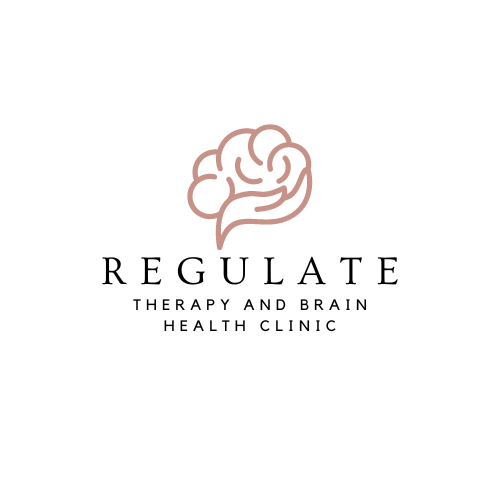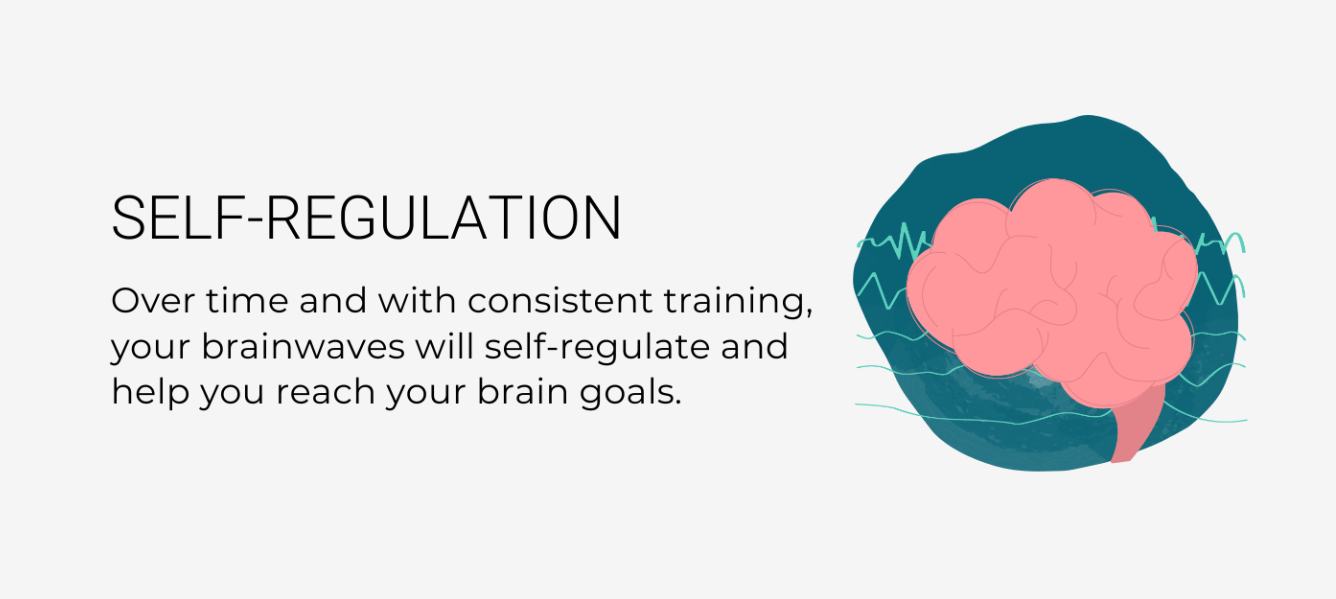TRAINING YOUR BRAIN WILL CHANGE YOUR LIFE!
Neurofeedback has been shown to improve symptoms associated with anxiety, ADHD, concentration, poor sleep, depression, autism, drug addiction, and PTSD (see peer reviewed article here). Athletes at all levels use it to decrease anxiety and increase concentration, emotional regulation, and performance. This article indicates that neurofeedback in sports training has been shown to have a “significant impact on physical fitness and sports performance.” (Note: the word “significant” in social science research means that the intervention (neurofeedback) has shown to be the reason for the improvement not other factors or variables).
You may also watch the video below which shows how Kirk Cousins (NFL Quarterback) uses it to sharpen his game.
You are rewarded in a game/video with more speed, light, or pleasant music when all corrective brainwaves are firing (operant conditioning). It’s really just the brain learning to regulate back to homeostasis—where it wants to be!
We will be using the impressive Myndlift platform and software.
When I first read, The Body Keeps the Score, I knew I wanted to learn more about Bessel’s endorsement of neurofeedback. After many years of providing mental health therapy and being trained in modalities that have been shown to work, I am excited to add this as a way to serve those that wanting a non-evasive and home based strategy that will provide clear data of symptomology and progress. The software helps to clearly identify and highlight adaptive changes that the brain is making.
Recent research was published on the promising outcomes of using this form of remote based neurofeedback. If you’d like to read the full report, check it out here.
Many other peer-reviewed articles have been published on the use of neurofeedback to decrease invasive symptoms. Check them out here
So What is neurofeedback?
Neurofeedback is a form of neurotherapy that trains your brainwaves to achieve a healthier state – kind of like exercise, but for your brain!
Neurofeedback uses EEG technology to measure your brainwave activity and offer you feedback on your performance in real time, through visual and/or auditory cues from videos or games.
Is neurofeedback safe?
Absolutely! Neurofeedback is a safe, evidence-based therapy which has
been used for decades and poses little or no side effects.
Is neurofeedback invasive?
Neurofeedback is a non-invasive neurotherapy. During your training
sessions, electrodes will be placed on your head and scalp to measure
your brain activity.
Are there any side effects to neurofeedback?
Neurofeedback training may cause very mild side effects, like slight fatigue. However, these side effects are temporary and will pass quickly.
Similar to how your body feels after putting in a hard workout at the gym!
How does neurofeedback work?
When you’re doing a neurofeedback session, you will use a dry electrode headset, with the option of an additional electrode on your head to measure your brainwave activity.
During your session, you will play games or watch videos and receive feedback in real time regarding your performance. This lets you know when your brainwaves are in the desired state and when they’re not. Over time, these training sessions will help regulate your brainwaves and allow you to achieve your goals.
What can I use neurofeedback for?
Neurofeedback has been used to alleviate symptoms for conditions such as attention-deficit hyperactivity disorder (ADHD), anxiety, addiction, traumatic brain injuries, depression, and more.
In addition, it has also been used to improve performance and enhance one’s overall wellbeing.
How long is a neurofeedback training session?
Sessions typically last between 20-25 minutes, on average, depending on
your goals and program. Most treatment plans recommend 30-40
sessions with most people completing 2-3 sessions per week. Results can be felt as early as 15 sessions.
I am supervised and trained by Dr. Nathan Brown who has been practicing using neurofeedback for over 20 years. All brain maps are staffed with him to ensure that appropriate protocols are assigned. I am also working towards becoming BCIA certified.
“Low frequency brainwaves are like a deep drum beat, and the higher ones are like a subtle, high-pitched violin. As a symphony, the higher and lower frequencies link and cohere with each other. hence you can elaborate ….a particular brainwave may be dominant over others. And, if the client’s brainwaves are not balanced properly (irregular brainwaves), they may experience both emotional and neurobehavioral health concerns.”
“ Neurofeedback is simply a way of alluring the brain into that balance. Once the brain gets there, it wants more. We call that unconditioned stimulus," Dr. Nathan Brown
Your Brain Health Investment
Step 1:
You purchase the equipment from Myndlift ($290). If you live within 30 miles of my practice, you can rent equipment from me for $75/month. After 4 months your rental goes towards the purchase if you wish to keep training. Equipment is reimbursable through HSA or FSA.
The MUSE 2 is preferred for adults and the MUSE S is preferred for children under 10. (Headsets can be shared among users, training protocols are individualized).
After receiving the equipment, you will participate in a 45 minute in person or virtual brain map assessment. During this time you will complete necessary research supported standardized assessments. We will be linking your treatment plan/protocol to the outcomes of the assessments and brain maps
Step 2: Get started with your protocol : $287/month
Care includes overseeing of individualized treatment planning, monitoring of progress, and monthly follow up virtual appointments (no additional charge)
You complete unlimited training sessions in your own time (avg. session time is around 20 minutes, a minimum of 3-4 sessions a week preferred)
Users typically experience positive results after a month however approximately 3 months of consistent use promotes permenant change.
I will send you progress reports on your myndlift dashboard
This includes regular graphs and pictures of your progress that your brain in making.
The app will provide feedback as to the best times of the day for you to do your sessions and modify difficulty to continue to promote neuroplasticity and generalized learning
Unlimted TEC support from Myndlift .







